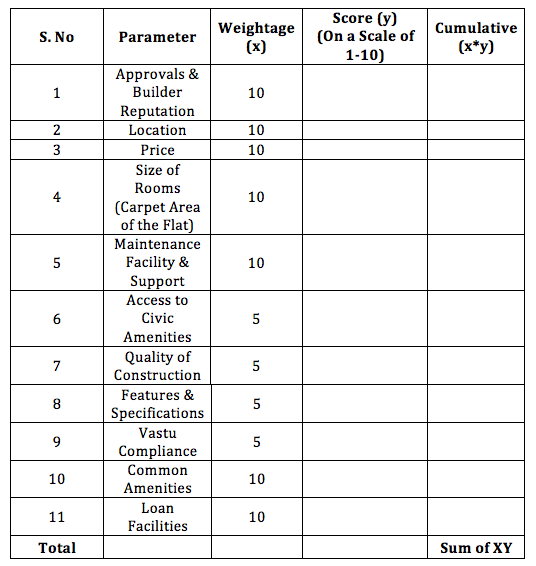Since the announcement of Demonetization on November 8th, a major concern for many stakeholders has been the negative sentiment that has been building up about the near term future of India’s Real Estate Sector. As an industry dominated by the presence of cash based transactions, it would seem on the face of it that these fears are well placed. However, it must be noted that having a macro view of the entire industry displays only half the picture. Lets dig a little deeper and look at the major sub sectors of this industry:
- Primary Residential Real Estate
- Secondary Residential Real Estate
- Primary Commercial Real Estate
- Secondary Commercial Real Estate
As far as the primary residential real estate market is concerned, the impact should be very minimal. This is because this sector was anyways having very few instances of cash based transactions, especially in Tier 1 and Tier II Cities. A major proportion of the end user purchases are made availing the home loan-financing option. There may be a slowdown in sales in the very short term due to uncertainty and an expectation of price correction, but there will be very less impact on both prices and sales in the medium term. If we look at the expected impact of demonetization in the long term, it should lead to a reduction in home loan rates, as banks will be looking for avenues to lend the newly acquired capital at very competitive interest rates. Normally, lower home loan rates give a major boost to demand for housing, and as housing contributes about 90% of the total real estate market in India, this bores well for primary, organized real estate sector. In fact, if backed up with a couple of steps by the government, this can be a very beneficial move for buyers and developers alike in the primary real estate market.
For the primary commercial real estate market, there will also be negligible impact on the leasing part of the industry. We can expect some slowdown in the sale transactions in the short term as investors may face liquidity problems, however the impact should reduce in the medium term. As it is, this particular segment contributes a very small portion to the overall real estate industry and therefore any impact here is not likely to have a major effect on the industry as a whole.
The secondary sales market for both commercial & residential real estate had a major component of cash based transactions and therefore will be severely affected due to demonetization. We can expect a transaction freeze in the short term in the secondary markets and some degree of correction in prices can be expected in the medium term. Due to these reasons, we may also see investors now showing more interest in the residential market once again rather than the commercial markets.
Steps that can boost the Residential Real Estate Sector:
If we look at the market today, primary real estate is already heavily taxed. A total of 35% (see Annexure 1) of the value of any property goes into taxes (both central & state government) or governmental departmental fees. This burden is consequently passed on to the end users of the properties.
For an industry that contributes 7% to our GDP & is the second highest employer in India after agriculture, it is necessary to take steps to boost its organized, regulated and transparent growth. Some measures, which we think maybe useful, are:
- Reducing home loans by a minimum of 2% for first purchase of property.
- No stamp duty on a property purchase made by 1st time homebuyers.
These two steps alone will reduce the cost burden by 12-14% thereby reducing the total transaction cost that the end user has to bear & will bring good quality housing into the preview of the common man while also maintain adequate margin for the builder so that even in the Tier II & III cities the smaller builders also don’t resort to cash based transactions to save on taxes.
Such measures, along with a curtailment of black money and the steps being taken under RERA will ensure a much more transparent and organized industry to work in, thus leading to long term benefits for developers and consumers alike.
Annexure 1:
A sample break up of taxes & government fees for an apartment priced at ₹50 Lacs (assuming cost of land as 50% of total apartment price & 50 dwelling units in an acre for a group housing project in a Tier II city) is as follows:
State Government Taxes & Fees as a percentage of Total Apartment Price:
- – 6%: Registration of Land
- – 5.4%: Change of Land Use Fee, External Development Charges, License Fee
- – 3%: Value Added Tax
- – 1%: Various Departmental Fees
- – 12%: Stamp Duty on Sale of Apartment
Central Government Tax as a percentage of Total Apartment Price:
- – 4.5%: Service Tax on Sale of Apartment
- – 3.3%: Income Tax on Sale of Apartment
Total contribution of Taxes & Fees as a percentage of Total Apartment Price: 35.2 % (Approx.)


